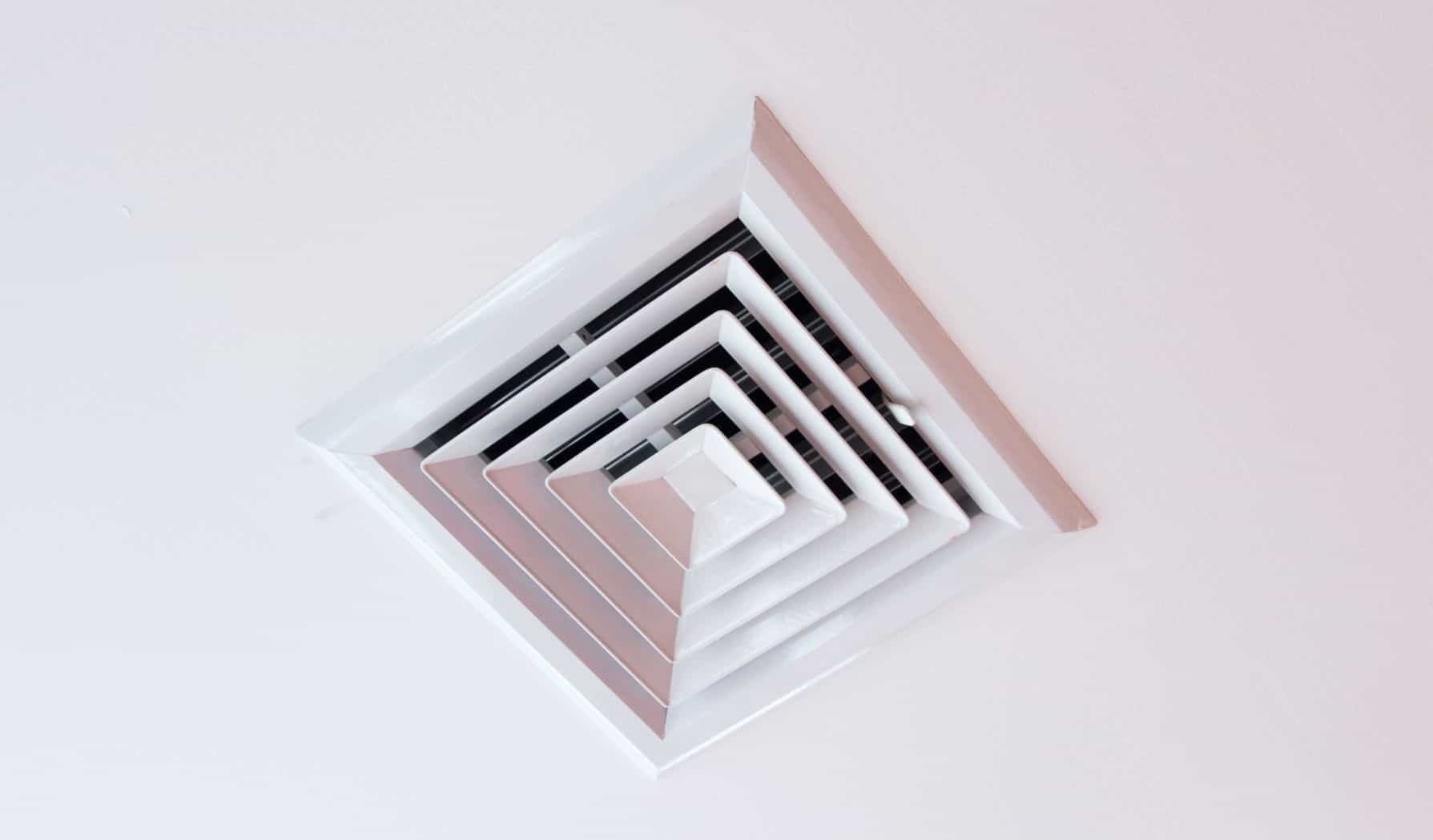Stylish and Functional: How to Select AC Vents That Complement Your Interior

Summary
Selecting air conditioning (AC) vents that balance style and functionality is a crucial aspect of modern home design, influencing both aesthetic appeal and indoor climate control. As homeowners increasingly seek to integrate HVAC systems into their living spaces without compromising visual aesthetics, the choice of AC vents has gained notable attention. With various designs and materials available, it is essential to understand how to select vents that complement interior decor while ensuring efficient airflow and energy savings.
The significance of AC vents extends beyond mere utility; they play a vital role in the effectiveness of heating, ventilation, and air conditioning (HVAC) systems. Understanding the different types of vents—such as supply vents, return vents, registers, and diffusers—helps homeowners make informed decisions that enhance air quality and comfort. Moreover, contemporary trends highlight a move towards sleek designs, customizable features, and eco-friendly materials that meet both functional and aesthetic demands, reflecting a growing awareness of sustainability in interior design.
Prominent controversies in the realm of AC vent selection often revolve around the trade-offs between cost, efficiency, and environmental impact. While higher-quality materials and designs may entail a greater upfront investment, they can lead to significant long-term energy savings and improved indoor air quality. Additionally, the choice of vent styles can spark debates over functionality versus decorative appeal, as some homeowners prioritize visual elements over effective air distribution.
Types of AC Vents

Supply Vents
Supply vents distribute conditioned air throughout living spaces and are connected to supply ducts. They often include dampers or slats for airflow adjustment and are placed near exterior walls or windows for effective temperature regulation.
Return Vents
Return vents draw stale air from rooms back into the HVAC system for reconditioning. They are larger than supply vents and are usually positioned higher on walls or ceilings to capture rising warm air.
Registers, Grilles, and Diffusers
- Registers: Common supply air vents, often with adjustable dampers.
- Grilles: Function as intake vents, usually larger, designed for high airflow areas.
- Diffusers: Feature dampers and slats for controlled air distribution, ideal for larger spaces.
Factors to Consider When Selecting AC Vents
Size and Fit
Accurate duct opening measurements ensure proper vent fitment, preventing inefficient airflow or installation issues.
Material Composition
Common vent materials include aluminum (lightweight, corrosion-resistant) and steel (durable). Protective coatings like epoxy enhance longevity.
Functionality
High-quality vents, such as those from Ventiques, provide consistent airflow across varying temperature conditions, improving HVAC efficiency and comfort.
Aesthetic Considerations
Decorative vent covers, wooden grilles, and metal returns can enhance interior aesthetics, turning a functional element into a design feature.
Installation Ease
Certain floor registers allow for tool-free installation, whereas wall-mounted vents may require additional work, such as drilling holes.
Energy Efficiency
Well-designed vents optimize airflow, reducing HVAC workload and lowering energy consumption, leading to cost savings over time.
Trends in AC Vent Design
Modern Aesthetics
Sleek, minimalist vent covers, such as the BUILDMART – 12×6 Modern AC Vent Cover, blend durability with contemporary design.
Versatility in Materials
Aluminum and steel, commonly used in vent construction, receive protective coatings to enhance durability and visual appeal.
Customizable Features
Adjustable airflow options, including dual-directional fins and louvers, allow for personalized climate control.
Industrial and Raw Elements
Exposed ductwork and metal finishes contribute to an industrial aesthetic, transforming vents into stylish home features.
Decorative and Statement Pieces
Decorative vent covers and painted ducts offer both functionality and an elevated interior design element.
Installation and Maintenance
Importance of Proper Installation
Effective duct design is crucial for maximizing HVAC efficiency and ensuring optimal airflow.
Installation Techniques
- High-Quality Sealants: Prevent air leaks and enhance system efficiency.
- Adequate Insulation: Reduces heat loss or gain, minimizing energy waste.
- Proper Supports: Maintains duct placement, preventing airflow restrictions.
- Use of Appropriate Materials: Rigid or flexible ducts suit different installation needs.
Maintenance Practices
Routine inspections, cleaning, and replacing damaged vents ensure long-term performance and aesthetic preservation.
By carefully selecting stylish and functional AC vents, homeowners can enhance both indoor comfort and design coherence, ensuring an efficient and visually appealing living environment.
